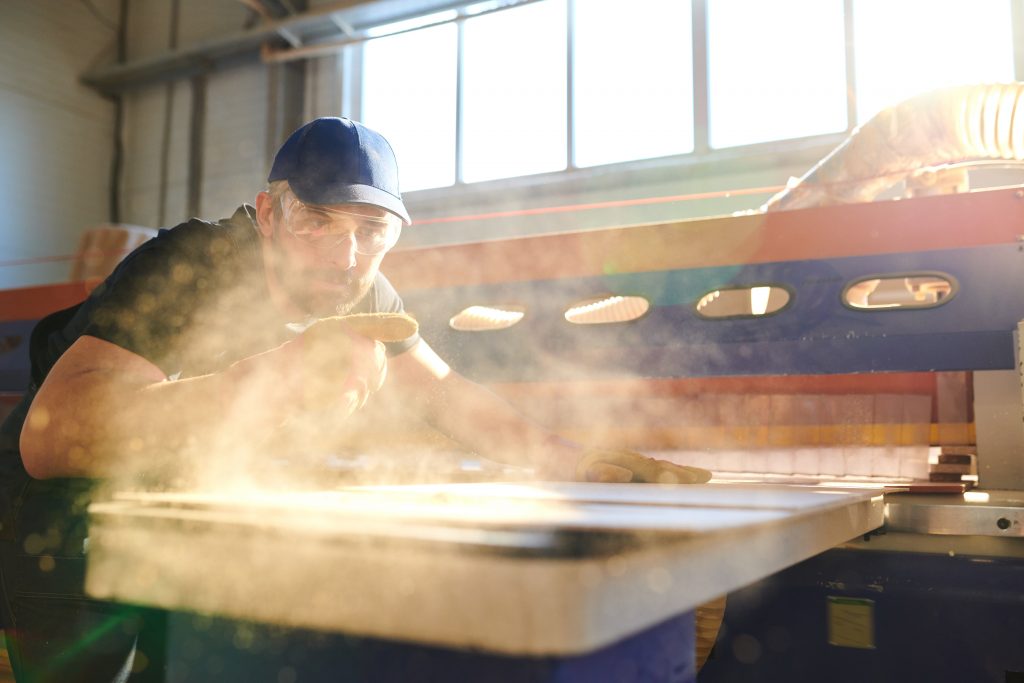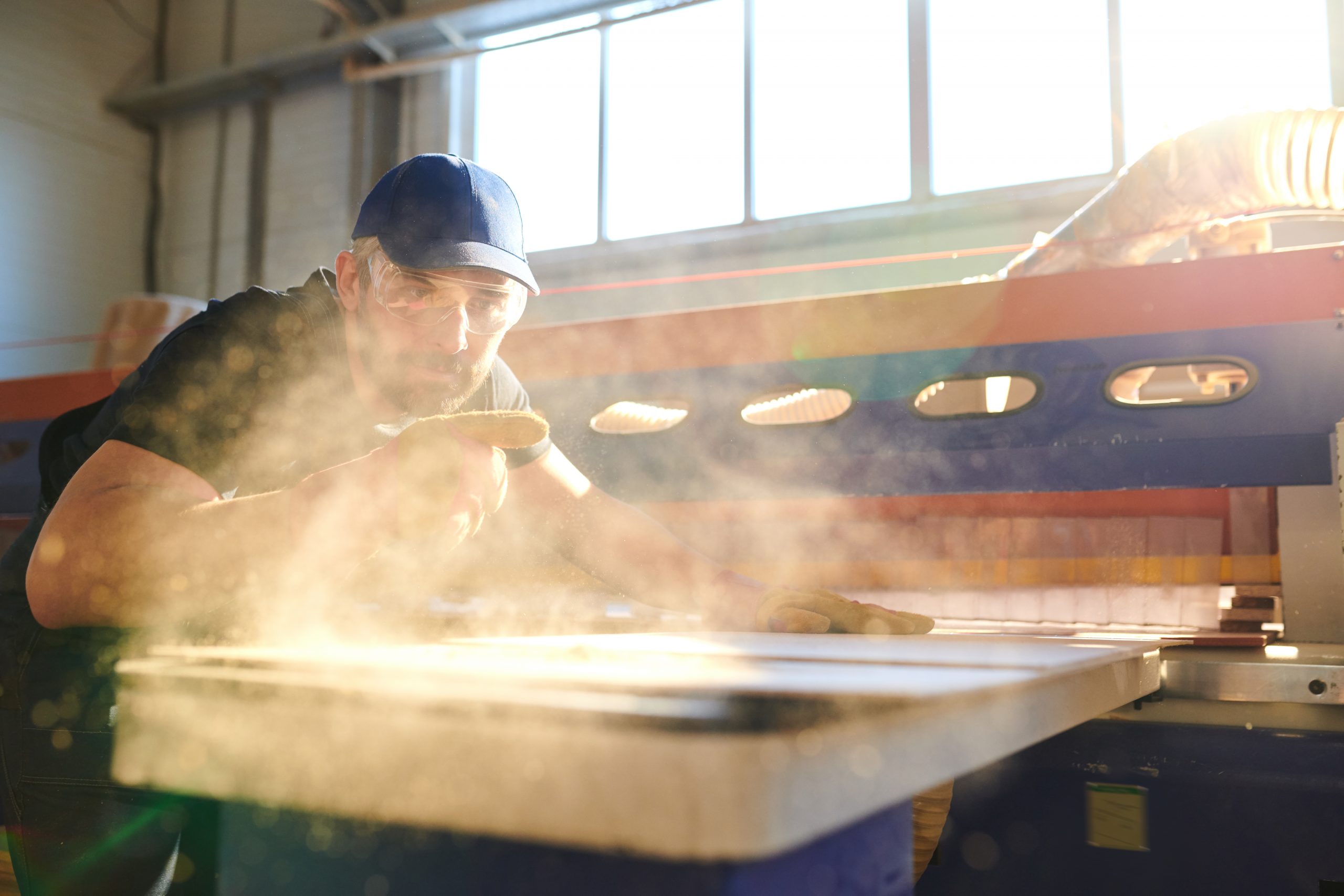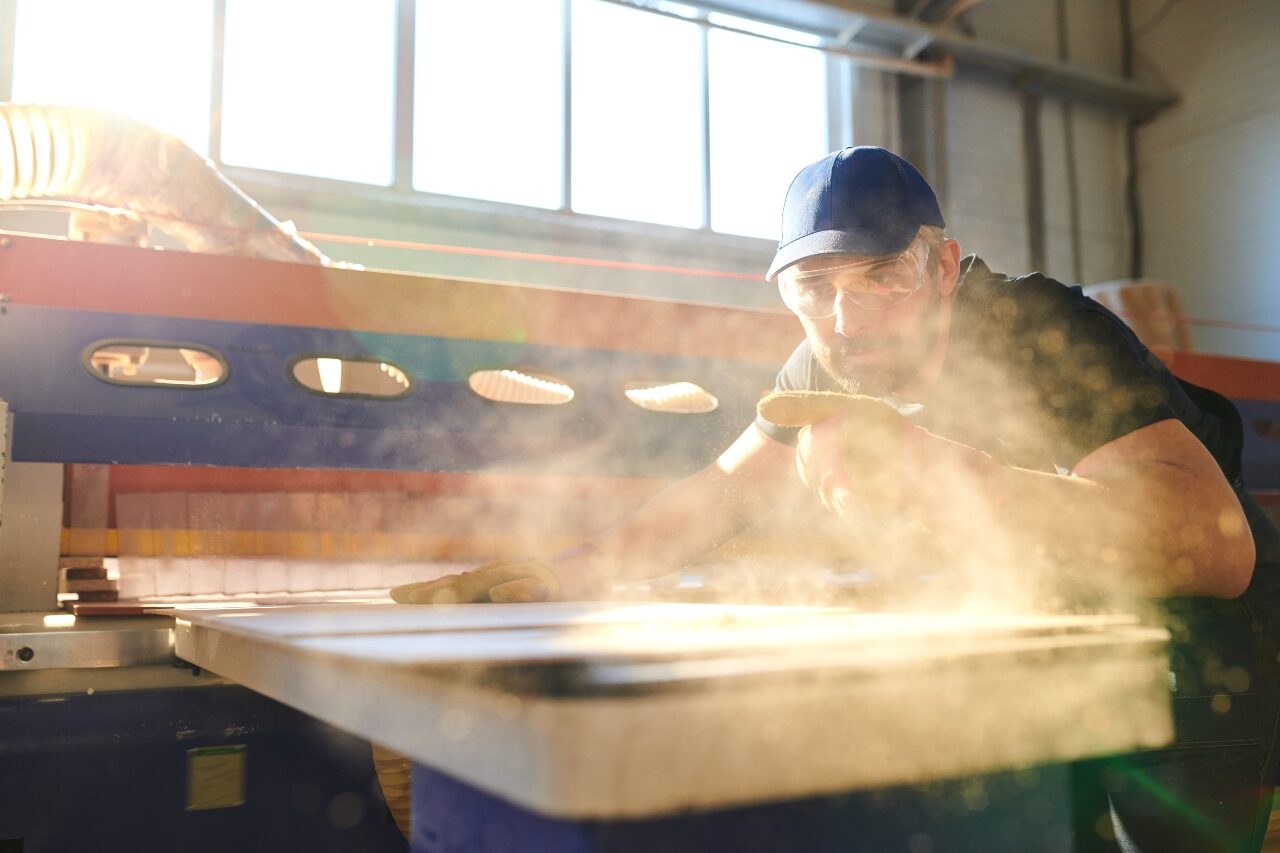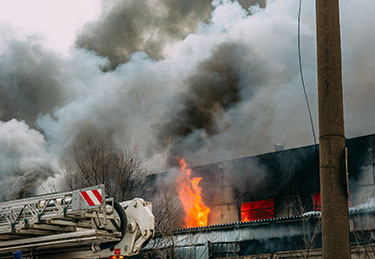Search
Flour Packaging Explosion: The Normalization of Risk

In this article, we would like to discuss the concept of ‘normalization of risk’ and then go on to illustrate the concept by looking at a real combustible flour dust explosion story from Europe:
Normalization of risk:
- The gradual process through which risky/dangerous practices or conditions become acceptable over time
- Getting used to risky situations because we see them every day
- Unwittingly accepting unsafe situations because they have not caused an incident before; there has been a lack of “bad outcomes”

Accepting some level of risk is a something that we all do; it’s normal! If we did not accept some risk, we would never drive a car, fly on a plane, or even buy a restaurant meal. But what we have to guard against is over-normalization of risk where consequences of ‘failure’ are big. A combustible flour dust explosion can, of course, have severe consequences to life, the environment, and your business – but combustible dust explosions are not usually everyday events. Being surrounded by a familiar, seemingly unchanging process plant and equipment, day on day, easily leads to complacency and quite often, the ‘normalization of risk’.
Breaking the chain of normalization of risk is important and is something that anyone with process safety responsibility should address. It can be done using internal resources but the danger here is again, over familiarization with plant. How many times can the same person study a facility and spot things new?
At Stonehouse, we are specialist contractors that undertake Dust Hazards Analysis [DHA]/ NFPA 652 compliance work. We also perform process safety assessments on a wide range of topics and in many industrial sectors. We have a vested interest here, of course, but we unashamedly challenge you to argue against our view that fresh, expert eyes are invaluable in truly reviewing process safety hazards – and ultimately in challenging the status quo and avoiding the normalization of risk!
The Story – Flour Packaging Explosion:
A few years ago, in a distant corner of Europe, there was a flour mill, complete with its own packaging station [ref. 1]. Like many such mills, the plant had been milling and packaging flour for a long time. One day a fire broke out in the wood-built flour sample room on the ground floor of the factory; cause unknown. Open conveyor belts caused the fire to spread quickly from the 1st to the 3rd floor where flour sacks were temporarily stored. A dust explosion occurred on the 3rd floor with the pressure raising dust on floors, process equipment and ledges which was ignited by the following flame front, leading to secondary combustible dust explosion. The explosion thus transmitted through a connecting bridge to the main flour packaging area. A huge explosion led to the collapse of the flour storage building. More explosions followed. 14 people died and 17 were severely injured. The material damages were in excess of $100m.
With plant like the one described in this article, dust deposits sometimes become the norm and absence of proper explosion prevention and protection measures are left unrealized. “Flour mills and packaging facilities are dusty places” is often heard in similar situations. “We’ve had open conveyors here forever” is another refrain. “We have a safety officer that checks us out for dangers (ignition sources) regularly”. “We’ve never had an explosion here before”……
It needn’t be like this. Accepting the status quo, as we have said, is the easy course of action. It’s the comfortable thing to do. So how to break that trend and those trains of thoughts that normalize risk?
In our story, it is apparent that sufficient dust explosion prevention and protection measures had not been taken. We would have expected to have found closed conveyors and more sealed plant, better use of dust extraction and dust collectors fitted with proper explosion protection vents. Improved housekeeping would have undoubtedly helped prevent dust on floors, equipment and ledges being released to fuel a secondary explosion. Ignition source prevention measures could have included things like detectors for belt slip, vibration detection, classification of hazardous areas and installation of appropriately rated electrical equipment, bonding and grounding, and more. We would also have hoped to see measures to prevent the propagation of explosion from one part of plant to another – perhaps isolation valves, diverters or better building design. And, of course, we would expect to see explosion protection devices such as explosion relief vents on process plant to ensure that even if an ignition source eventually finds its way onto plant, then any subsequent explosion would be diverted away from people and lead to minimum damage to plant.
In Summary
To anyone working on process plant, normalization of risk is a real threat and should be addressed by conducting periodic safety reviews according to recognized standards and methods (e.g. Dust Hazards Analysis [DHA] according to NFPA 652). A good, formalized approach to hazard identification and risk assessment can compel the assessor to systematically review all main hazard areas. In our view, safety studies will clearly also benefit by involvement of 3rd parties who can bring additional expertise, experience, independence, and fresh eyes to produce the best safety outcomes. We do this at Stonehouse, of course, but if you are part of a large organization it can also be possible to bring in specialist from other sites in your group.
Ref 1: Story based on an account published by Swiss National Accident Insurance Fund https://ww1.issa.int/sites/default/files/documents/prevention/2051E_2005%20mit%20Suva-Suva-207193.pdf

Get in touch
To learn more about our expertise and services in dust explosion prevention & mitigation, call us at +1 609 455 0001 or email us at [email protected] today.
We also offer tailored virtual and in-company process safety training programs on Dust Explosions, Static Electricity and HAC (Hazardous Area Classification) and more. Find further information here.









